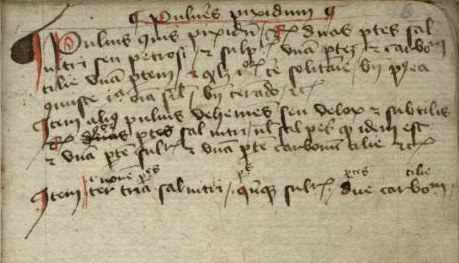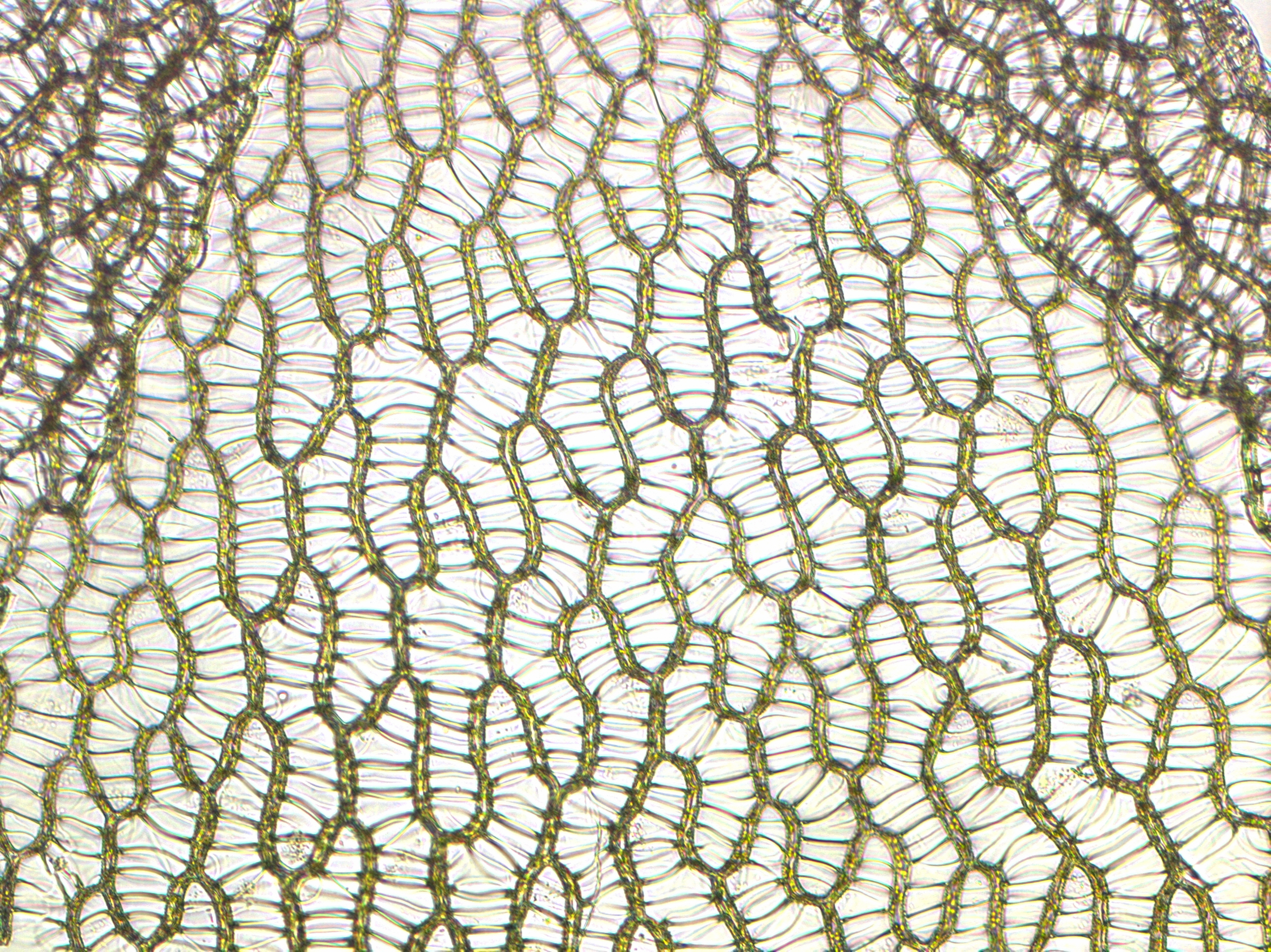|
Capitulum
capitulum (plural capitula) may refer to: *the Latin word for chapter ** an index or list of chapters at the head of a gospel manuscript ** a short reading in the Liturgy of the Hours *** derived from which, it is the Latin for the assembly known as a chapter ** a typographic symbol (⸿), to mark chapters or paragraphs, now evolved into the pilcrow Botany * Capitulum (flower), a type of flower head composed of numerous tiny florets, characteristic of the family Asteraceae * Capitulum (moss), the top of a ''Sphagnum'' moss plant with compact clusters of young branches; also the apothecium (fruiting body) of lichens of the order '' Calicium'' Zoology * the capitulum of the humerus in vertebrates * the gnathosoma of ticks and mites * in stalked barnacles, the armoured portion within which the appendages and most of the viscera are located * ''Capitulum'' (genus), a genus of goose barnacles * a part of the female Lepidoptera genitalia The study of the genitalia of Lepidopt ... [...More Info...] [...Related Items...] OR: [Wikipedia] [Google] [Baidu] |
Capitulum (flower)
A pseudanthium (; : pseudanthia) is an inflorescence that resembles a flower. The word is sometimes used for other structures that are neither a true flower nor a true inflorescence. Examples of pseudanthia include flower heads, composite flowers, or capitula, which are special types of inflorescences in which anything from a small cluster to hundreds or sometimes thousands of flowers are grouped together to form a single flower-like structure. Pseudanthia take various forms. The real flowers (the florets) are generally small and often greatly reduced, but the pseudanthium itself can sometimes be quite large (as in the heads of some varieties of sunflower). Pseudanthia are characteristic of the daisy and sunflower family (Asteraceae), whose flowers are differentiated into ray flowers and disk flowers, unique to this family. The disk flowers in the center of the pseudanthium are actinomorphic and the corolla is fused into a tube. Flowers on the periphery are zygomorphic and th ... [...More Info...] [...Related Items...] OR: [Wikipedia] [Google] [Baidu] |
Capitulum Of The Humerus
In human anatomy of the arm, the capitulum of the humerus is a smooth, rounded eminence on the lateral portion of the distal articular surface of the humerus. It articulates with the cup-shaped depression on the head of the radius, and is limited to the front and lower part of the bone. In non-human tetrapods, the name capitellum is generally used, with "capitulum" limited to the anteroventral articular facet of the rib (in archosauromorphs). Lepidosauromorpha Lepidosaurs show a distinct capitellum and trochlea on the centre of the ventral (anterior in upright taxa) surface of the humerus at the distal end. Archosauromorpha In non-avian archosaurs, including crocodiles, the capitellum and the trochlea are no longer bordered by distinct etc.- and entepicondyles respectively, and the distal humerus consists two gently expanded condyles, one lateral and one medial, separated by a shallow groove and a supinator process. Romer (1976) homologizes the capitellum in Archosauromo ... [...More Info...] [...Related Items...] OR: [Wikipedia] [Google] [Baidu] |
Pilcrow
In typography, the pilcrow (¶) is a glyph used to identify a paragraph. In editorial production the ''pilcrow'' typographic character is also known as the paragraph mark, the paragraph sign, the paragraph symbol, the paraph, and the blind P. In writing and editorial practice, authors and editors use the pilcrow glyph to indicate the start of separate paragraphs, and to identify a new paragraph within a long block of text without paragraph indentions, as in the book ''An Essay on Typography'' (1931), by Eric Gill. In the Middle Ages, the practice of rubrication (type in red-ink) used a red pilcrow to indicate the beginning of a different train of thought within the author's narrative without paragraphs. The letterform of the pilcrow resembles a minuscule or a mirrored majuscule , with a usually-doubled backbone reaching from the descender to the ascender height. The bowl on the left side can be filled or empty, and occasionally extends far enough downward that the c ... [...More Info...] [...Related Items...] OR: [Wikipedia] [Google] [Baidu] |
Gnathosoma
The gnathosoma (from Greek , ' = "jaw" and , ' = "body") is the part of the body of the Acari (mites and ticks) comprising the mouth and feeding parts. These are the hypostome, the chelicerae and the pedipalps. It is also called the capitulum (however, this word also has other meanings). It is separated from the main body of the animal (the idiosoma) by a flexible section of the cuticle A cuticle (), or cuticula, is any of a variety of tough but flexible, non-mineral outer coverings of an organism, or parts of an organism, that provide protection. Various types of "cuticle" are non- homologous, differing in their origin, structu ... called the circumcapitular furrow or circumcapitular suture. See also * Subcapitulum References Arachnid anatomy Acari {{Acari-stub ... [...More Info...] [...Related Items...] OR: [Wikipedia] [Google] [Baidu] |
Chapter (books)
A chapter (c''apitula'' in Latin; ''sommaires'' in French) is any of the main thematic divisions within a writing of relative length, such as a book of prose, poetry, or law. A book with chapters (not to be confused with the chapter book) may have multiple chapters that respectively comprise discrete topics or themes. In each case, chapters can be numbered, titled, or both. An example of a chapter that has become well known is "Down the White Rabbit, Rabbit-Hole", which is the first chapter from ''Alice's Adventures in Wonderland''. History of chapter titles Many ancient books had neither word divisions nor chapter divisions. In ancient Greek texts, some manuscripts began to add summaries and make them into tables of contents with numbers, but the titles did not appear in the text, only their numbers. Some time in the fifth century CE, the practice of dividing books into chapters began. Jerome (d. 420) is said to use the term ''capitulum'' to refer to numbered chapter headings an ... [...More Info...] [...Related Items...] OR: [Wikipedia] [Google] [Baidu] |
Gospel
Gospel originally meant the Christianity, Christian message ("the gospel"), but in the second century Anno domino, AD the term (, from which the English word originated as a calque) came to be used also for the books in which the message was reported. In this sense a gospel can be defined as a loose-knit, episodic narrative of the words and deeds of Jesus, culminating in trial of Jesus, his trial and crucifixion of Jesus, death, and concluding with various reports of his Post-resurrection appearances of Jesus, post-resurrection appearances. The Gospels are commonly seen as literature that is based on oral traditions, Christian preaching, and Old Testament exegesis with the consensus being that they are a variation of Greco-Roman biography; similar to other ancient works such as Xenophon's Memorabilia (Xenophon), ''Memoirs of Socrates''. They are meant to convince people that Jesus was a charismatic miracle-working holy man, providing examples for readers to emulate. As such ... [...More Info...] [...Related Items...] OR: [Wikipedia] [Google] [Baidu] |
Liturgy Of The Hours
The Liturgy of the Hours (), Divine Office (), or ''Opus Dei'' ("Work of God") are a set of Catholic prayers comprising the canonical hours, often also referred to as the breviary, of the Latin Church. The Liturgy of the Hours forms the official set of prayers "marking the hours of each day and sanctifying the day with prayer." The term "Liturgy of the Hours" has been retroactively applied to the practices of saying the canonical hours in both the Christian East and West–particularly within the Latin liturgical rites–prior to the Second Vatican Council, and is the official term for the canonical hours promulgated for usage by the Latin Church in 1971. Before 1971, the official form for the Latin Church was the '' Breviarium Romanum'', first published in 1568 with major editions through 1962. The Liturgy of the Hours, like many other forms of the canonical hours, consists primarily of psalms supplemented by hymns, readings, and other prayers and antiphons prayed at fixe ... [...More Info...] [...Related Items...] OR: [Wikipedia] [Google] [Baidu] |
Chapter (religion)
A chapter ( or ') is one of several bodies of clergy in Catholic, Old Catholic, Anglican, and Nordic Lutheran churches or their gatherings. Name The name derives from the habit of convening monks or canons for the reading of a chapter of the Bible or a heading of the order's rule. The 6th-century St Benedict directed that his monks begin their daily assemblies with such readings, and over time expressions such as "coming together for the chapter" (') found their meaning transferred from the text to the meeting itself and then to the body gathering for it. The place of such meetings similarly became known as the "chapter house" or "room". Cathedral chapter A cathedral chapter is the body ("college") of advisors assisting the bishop of a diocese at the cathedral church. These were a development of the presbyteries ''()'' made up of the priests and other church officials of cathedral cities in the early church. In the Catholic Church, they are now only establi ... [...More Info...] [...Related Items...] OR: [Wikipedia] [Google] [Baidu] |
Sphagnum
''Sphagnum'' is a genus of approximately 380 accepted species of mosses, commonly known as sphagnum moss, also bog moss and quacker moss (although that term is also sometimes used for peat). Accumulations of ''Sphagnum'' can store water, since both living and dead plants can hold large quantities of water inside their cells; plants may hold 16 to 26 times as much water as their dry weight, depending on the species.Bold, H. C. 1967. Morphology of Plants. second ed. Harper and Row, New York. p. 225–229. The empty cells help retain water in drier conditions. As ''Sphagnum'' moss grows, it can slowly spread into drier conditions, forming larger mires, both raised bogs and blanket bogs. Thus, ''Sphagnum'' can influence the composition of such habitats, with some describing ''Sphagnum'' as 'habitat manipulators' or 'autogenic ecosystem engineers'. These peat accumulations then provide habitat for a wide array of peatland plants, including sedges and Calcifuge, ericaceous shrubs, as ... [...More Info...] [...Related Items...] OR: [Wikipedia] [Google] [Baidu] |
Calicium
''Calicium'' is a genus of leprose lichens. It is in the family Caliciaceae, and has 40 species. The sexual reproduction structures are a mass of loose ascospores that are enclosed by a cup shaped exciple sitting on top of a tiny stalk, having the appearance of a dressmaker's pin (called a mazaedium), hence the common name pin lichen.Field Guide to California Lichens, Stephen Sharnoff, Yale University Press, 2014, They are also List of common names of lichen genera, commonly called stubble lichens. They have been used as indicator species for old growth redwood forests. Taxonomy The genus was circumscription (taxonomy), circumscribed in 1794 by the mycologist Christiaan Hendrik Persoon. He included three species in his initial circumscription of the genus: ''C. viride'', ''C. salicinum'', and ''C. pallidum''. The genus name, derived from the Latin ''calix'' or ''calicis'' ("cup") with the diminutive suffix ''-ium'', refers to the shape of the ascocarps. Descrip ... [...More Info...] [...Related Items...] OR: [Wikipedia] [Google] [Baidu] |






